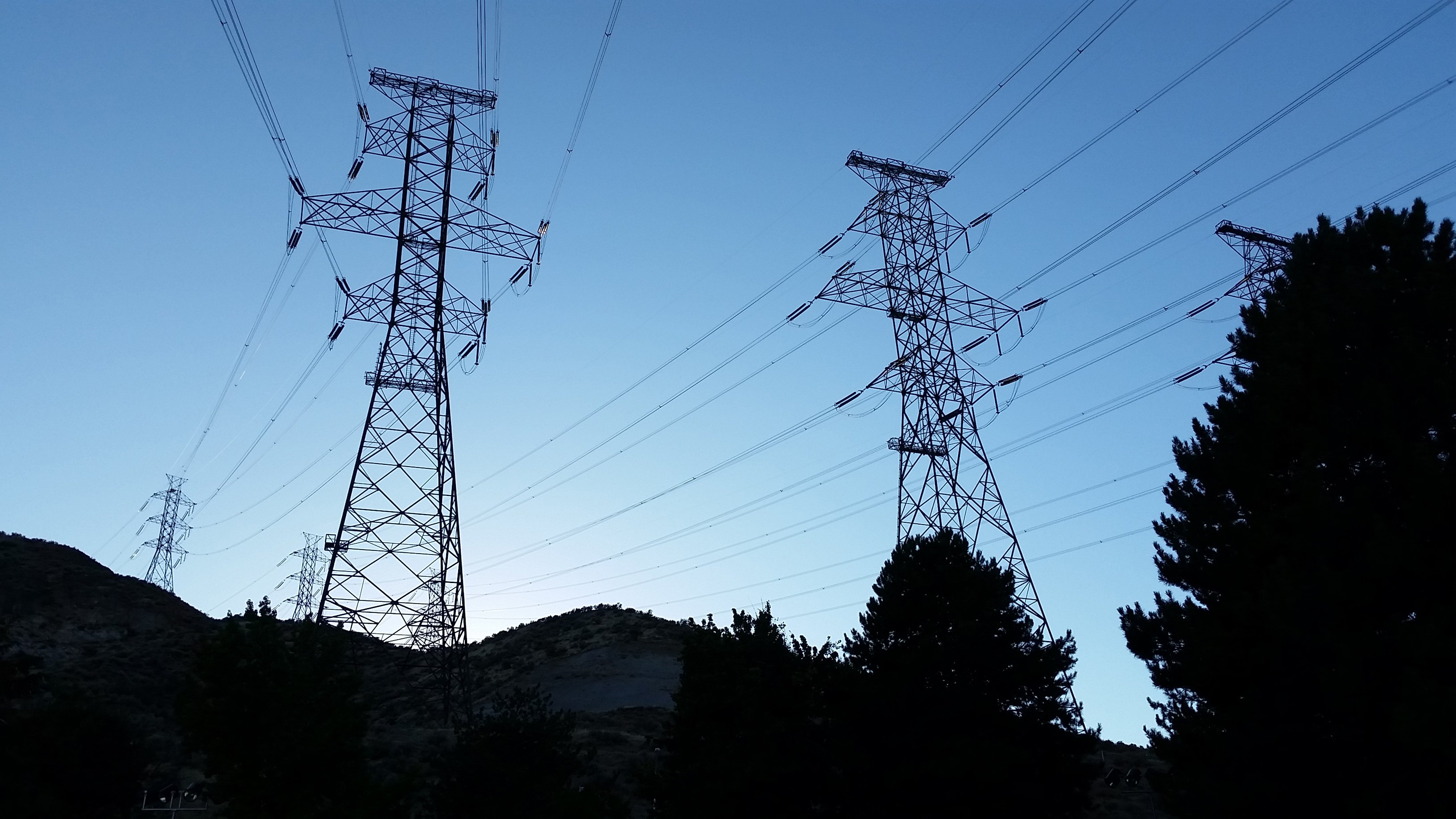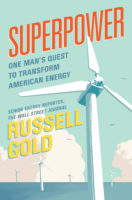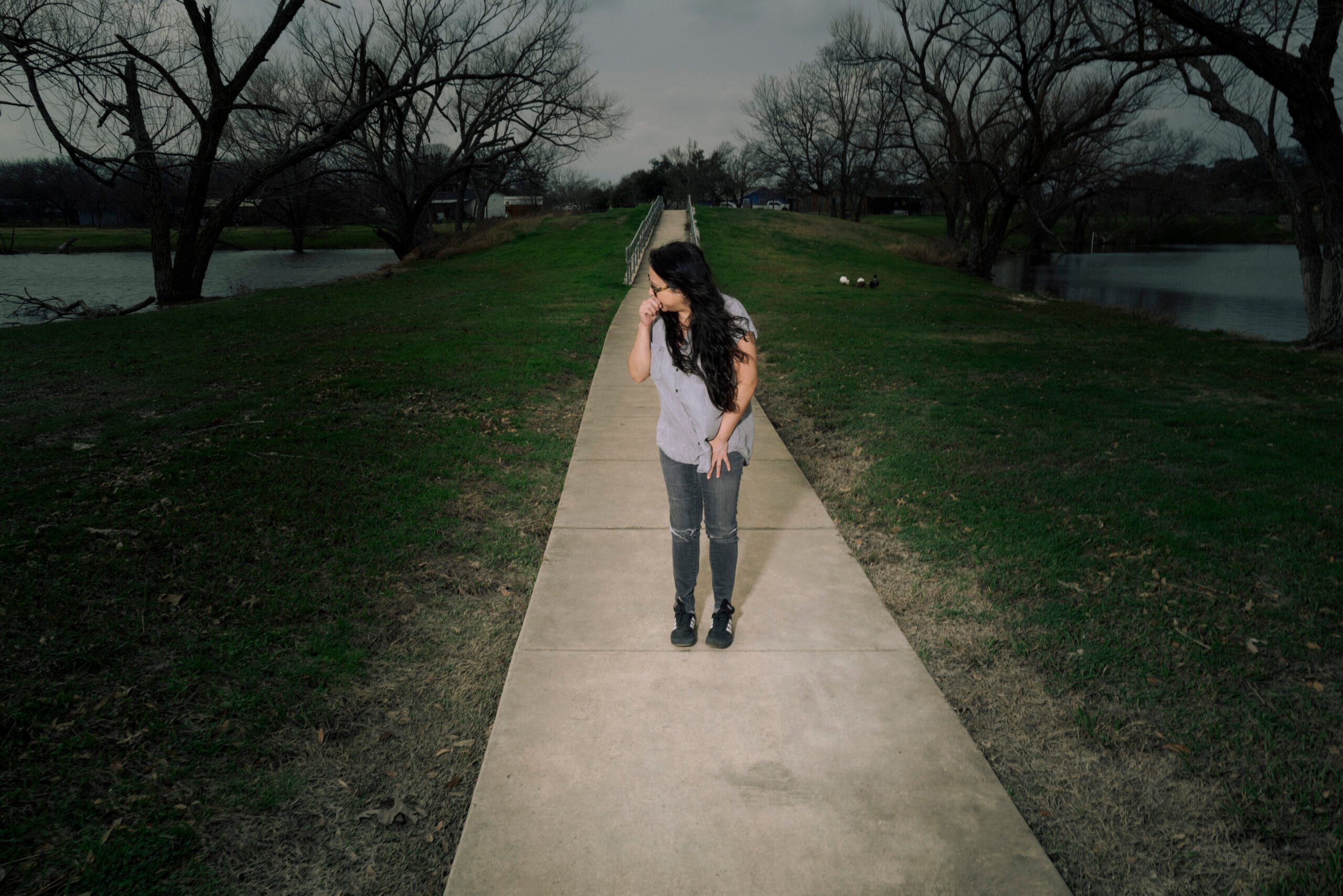
Without Transmission Lines, Renewable Energy Still has a Long Way to Go — Literally
In Superpower, author Russell Gold tells the story of a Houston businessman’s ambitious plan to transform the electric grid.

Above: “In some ways, this is a story about the rest of the country doing what Texas did, building out its transmission.”
If you want to understand the future of renewable energy, look to Texas. That’s the argument Russell Gold makes in his new book Superpower: One Man’s Quest to Transform American Energy. Texas is a global wind powerhouse, producing far more wind energy than any other state and all but five other countries. But building turbines on remote West Texas plains is the easy part; moving that power nationwide is trickier.

By Russell Gold
Simon & Schuster
$27; 336 pages
To make renewable energy a viable option for more Americans, we need thousands more miles of transmission lines — a wind and solar superhighway. Otherwise, the United States’ renewable energy consumption could flatline. Yet building this superhighway is an infrastructure challenge of epic proportions. Just a few of the obstacles: battling entrenched utility companies, winning over landowners and getting the attention of politicians whose campaigns are paid for in fossil fuels.
This is the challenge Houston businessman Michael Skelly took on in 2009 with his company Clean Line Energy Partners. Its rise and fall is the subject of Gold’s fascinating, meticulous and wonky book. An Austin-based senior energy reporter for the Wall Street Journal, Gold spoke with the Observer about how far renewables have come — and how far they still have to go.
Texas Observer: Your first book, The Boom, followed the lives of more traditional oil and gas developers. Was Michael Skelly as compelling?
Russell Gold: Energy developers in some ways are all the same. They tell a great story. They believe that story. They get lots of money, and they go out and try to build these giant energy projects. In that sense, Michael Skelly is absolutely in line with the developers we’ve seen in the past, like Aubrey McClendon. When natural gas developers started using fracking, yes they had this new technology, but they were doing something that had been done before: going out to farmers, getting them to sign leases, building pipelines. We’ve been doing that since Spindletop over 100 years ago. [But Skelly has] been making the case for the last 10 years that Houston needs to embrace more than just fossil fuels, that it needs to think of itself as an energy capital whether that energy comes from natural gas or wind.
Discussion of the need for transmission lines is still pretty rare in the media. Do you think there’s enough awareness?
Energy is a complicated topic — most people don’t want to think about it. You want to be able to flip your light switch and the lights come on, and that’s fine. I do think it’s important that people understand that there are trade-offs. So if you don’t get behind transmission, you’re going to end up with what we have right now: more coal, more natural gas, more fossil fuel.
Skelly ran into a lot of resistance from landowners who didn’t want the massive lines built on their land. But despite protests around [Energy Transfer Partners’ oil pipeline near] Standing Rock or the Kinder Morgan pipeline in West Texas, most pipeline projects get built even when they face the same level of resistance. Why couldn’t Skelly win those fights?
The difference is that we’re such a fossil fuel-focused economy and country. We have decades of law and decades of bureaucracy built up to get pipelines in the ground. This is the power of incumbency. Natural gas developers built the whole mechanism around building these lines.
And then, here comes somebody like Skelly, coming along and saying, ‘Let’s try something different,’ and we don’t have the pathways. It’s a really simple bureaucratic story of not knowing what office to go into. There was this law on the books that said you can [build transmission lines] and the federal government will partner with you — but no one had ever tested it before.
Texas built out transmission lines a few years ago to help bring more wind power online [at a cost of $7 billion]. Why was it harder for Skelly to do that at the national level?
First of all, that’s one state. And when the governor of that state turns to his head of the Public Utility Commission and says, I want this to happen, things happen. That’s much easier than this multiple state, three-bumper pool shot Skelly had to pull off.
Texas underwent this great socialist experiment. We socialized the cost of the transmission lines, and we are all paying for that. And it was a big chunk of change. And now we’re all getting the benefit in terms of economic development and lower-cost wind. It’s much harder to do this when you have private equity and other investors saying, ‘Where is our return?’ But in Texas, they were able to take a vote at the Public Utility Commission, and you don’t need investors.
In some ways, this is a story about the rest of the country doing what Texas did, building out its transmission. But it’s also very much a story of change and fighting incumbency. How do we do something very, very different? How do we move away from the last 100 years of the way we’re dealing with electricity and energy?
Skelly’s company is essentially defunct, and none of his plans were ever built. Do you think that he just narrowly missed the Green New Deal?
I think we, as a country, need to take one or two steps beyond just saying, ‘Let’s get back into Paris. Let’s do a Green New Deal.’ All that’s great. But why is it that a compelling project like this falters and falls apart? One of the things I want to emphasize in the book is that this was a project that would have built the largest renewable energy project in the country. We’re talking comparable to the Hoover Dam in terms of size.
Was Skelly’s experiment a failure overall?
No, not at all. I mean, his investors didn’t make lots of money. But in terms of inspiring other people, in terms of showing that transmission is a necessary ingredient for us to grow from 10 percent to 20 percent to 30 percent renewables — I don’t think it was a failure at all.
This interview has been edited for length and clarity.


